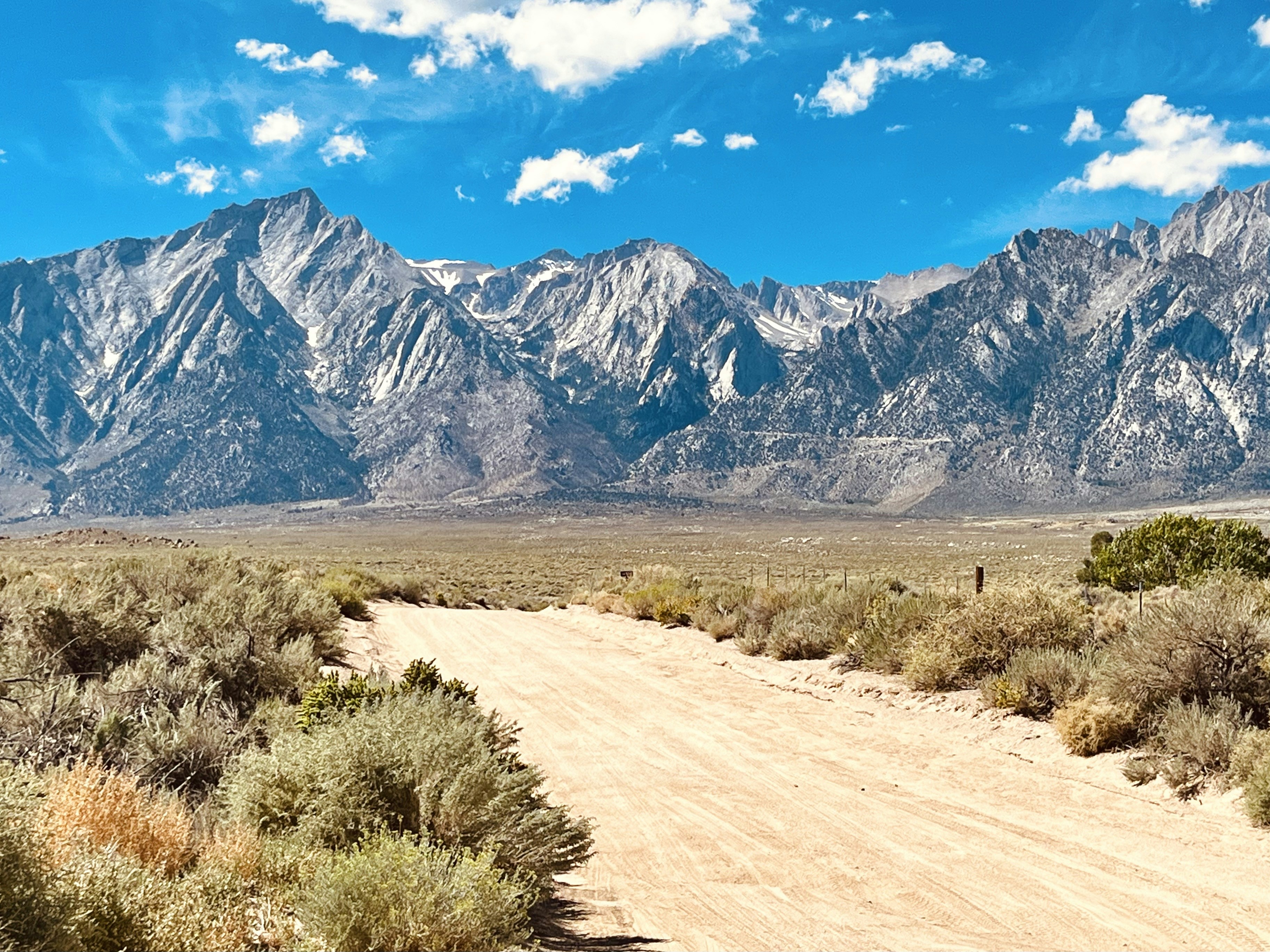Have you ever wondered what exactly a freelance artist does? A freelance artist is a creative individual who works independently, without formal employment or a long-term contract with a specific company. They have the freedom to choose their projects, clients, and working hours, allowing them to showcase their unique style and artistic vision. Whether it’s creating illustrations, designing logos, or crafting stunning digital art, freelance artists bring creativity and imagination to life in their work. In this article, we will explore the world of freelance artists and discover the diverse range of talents and skills they possess.
What’s a Freelance Artist

Definition of a Freelance Artist
A freelance artist is someone who uses their skills and creativity to create artwork on a freelance basis. As a freelance artist, you have the freedom to choose the projects you want to work on and the clients you want to work with. Instead of being employed by a company or organization, you work independently and often remotely, allowing you to have more control over your schedule and workload.
Skills and Qualifications of a Freelance Artist
To be a successful freelance artist, you need to possess a variety of skills and qualifications. Firstly, you need to have a strong artistic ability and a deep understanding of the medium you work in, whether it’s painting, drawing, graphic design, or photography. Additionally, you should have excellent communication skills to understand and fulfill your clients’ requirements effectively.
Furthermore, being adaptable and open to learning new techniques and styles is important as it allows you to diversify your portfolio and attract a wider range of clients. Strong time management skills are also crucial to meet project deadlines and juggle multiple projects simultaneously. Lastly, having a basic understanding of business and marketing can greatly benefit your freelance career.
Benefits of Being a Freelance Artist
There are several benefits to being a freelance artist. Firstly, you have the freedom to choose the projects that align with your interests and artistic style. This flexibility allows you to work on projects that you are passionate about, which can lead to a greater sense of fulfillment in your work.
Moreover, being a freelance artist provides you with the opportunity to work independently and be your own boss. You have control over your schedule, allowing you to prioritize your personal life and work on your own terms. This level of autonomy can lead to a better work-life balance and increased job satisfaction.
Additionally, freelancing can offer the potential for higher earning potential compared to being employed by a company. As a freelance artist, you have the ability to set your own rates and negotiate contracts with clients, potentially leading to higher compensation for your work.
Challenges Faced by Freelance Artists
While there are many benefits to being a freelance artist, there are also challenges that you may encounter. One of the main challenges is the uncertainty of income. Freelance work is often project-based, which means that you may experience periods of feast and famine, where you have a high volume of projects and income followed by periods with fewer projects and income. It’s important to plan and budget accordingly to manage these fluctuations.
Another challenge is the need for self-promotion and marketing. As a freelance artist, you are in charge of finding clients and projects, which requires consistent marketing efforts. Building and maintaining a strong online presence, networking with potential clients, and showcasing your work through a portfolio are all essential to attract clients and secure projects.
Furthermore, freelancers often face the challenge of working in isolation. Without the support and collaboration of a team, it can sometimes be challenging to stay motivated and overcome creative blocks. Finding ways to connect with other artists, whether it’s through online communities or local art groups, can help mitigate this challenge.

Finding Freelance Art Projects
Finding freelance art projects requires a proactive approach to self-promotion and networking. One effective way to find projects is to join online platforms and marketplaces specifically designed for freelancers, such as Upwork, Freelancer, or Fiverr. These platforms connect freelancers with clients, allowing you to browse and apply for art projects that match your skills and interests.
Additionally, reaching out to local businesses, galleries, and art organizations can lead to potential projects. Attend art events, exhibitions, and networking events to meet potential clients and collaborators. Building strong relationships with clients and delivering high-quality work can also lead to repeat business and referrals.
Building a Portfolio as a Freelance Artist
A strong portfolio is a crucial tool for any freelance artist. It showcases your skills, style, and versatility to potential clients. When building your portfolio, include a variety of your best work, demonstrating your range and expertise in different mediums and styles. It’s important to curate your portfolio to highlight your strengths and target the specific clients or industries you want to work with.
Consider creating an online portfolio through a website or using platforms like Behance or Dribbble to showcase your work. Ensure that your portfolio is easy to navigate, visually appealing, and provides sufficient information about each piece. Regularly update your portfolio with new projects and remove any outdated work to keep it fresh and relevant.
Setting Prices and Negotiating Contracts
Setting prices and negotiating contracts can sometimes be a daunting task for freelance artists. It’s essential to understand the value of your work and the market rates for similar projects. Consider factors such as the time required, complexity of the project, deadlines, and any additional services or rights the client may request.
Research industry standards and reach out to other freelancers or industry professionals for guidance on pricing. When negotiating contracts, clearly define the scope of work, deliverables, deadlines, and payment terms. It’s important to have a signed agreement in place to protect both parties and ensure a smooth working relationship.
Networking and Marketing as a Freelance Artist
Networking and marketing are vital for the success of any freelance artist. Utilize social media platforms such as Instagram, Facebook, and Twitter to showcase your work and engage with potential clients. Post regular updates, share behind-the-scenes content, and interact with your followers to build a strong online presence.
Consider attending industry events, workshops, and conferences to network with fellow artists and potential clients. Building relationships through genuine connections and word-of-mouth referrals can lead to valuable opportunities. Collaborating with other artists or participating in group exhibitions can also expand your network and exposure.
Managing Time and Finances as a Freelance Artist
As a freelance artist, it’s essential to effectively manage your time and finances. Create a schedule and prioritize your tasks to ensure that you meet project deadlines and maintain a healthy work-life balance. Utilize time-tracking tools and project management software to stay organized and optimize your efficiency.
Additionally, it’s crucial to keep track of your expenses and income for tax purposes. Set aside a portion of your earnings for taxes and consider consulting with a financial professional to ensure that you understand the financial aspect of running a freelance business. Maintaining financial stability and planning for the future are important aspects of managing your freelance career.
Collaborating with Other Artists as a Freelancer
Collaborating with other artists can be a valuable experience for freelance artists. It allows you to learn from others, exchange ideas, and create new and innovative work. Collaborations can also provide opportunities to reach a wider audience and gain exposure in different artistic circles.
Consider reaching out to other artists whose work aligns with yours and explore potential collaborative projects. Whether it’s a joint exhibition, a shared studio space, or a joint venture, collaborating with other artists can expand your network and open doors to new opportunities.
In conclusion, being a freelance artist offers the freedom to pursue your passion, choose your projects, and work on your own terms. While there are challenges to overcome, such as income fluctuations and self-promotion, the benefits of creative fulfillment, autonomy, and potential financial rewards make it an appealing career choice. By honing your skills, building a strong portfolio, networking, and effectively managing your time and finances, you can thrive as a freelance artist and create a successful and fulfilling career.


